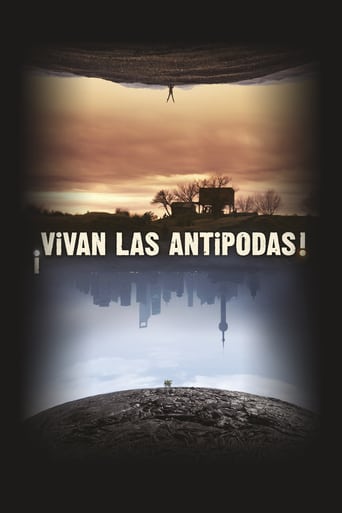
What would be the shortest route between Entre Rios in Argentina and the Chinese metropolis Shanghai? Simply a straight line through the center of the earth, since the two places are antipodes: they are located diametrically opposite to each other on the earth's surface. During his visits to four such antipodal pairs, the award-winning documentary filmmaker Victor Kossakovsky captured images that turn our view of the world upside down.
Similar titles
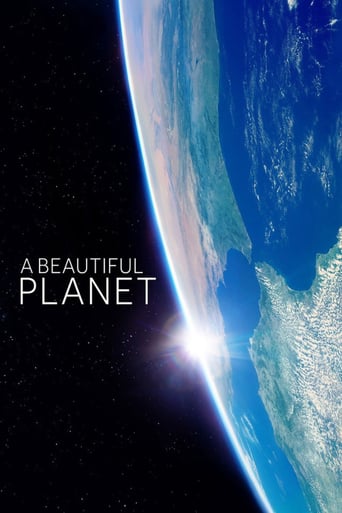
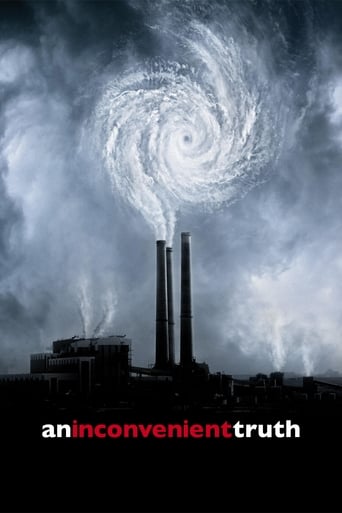
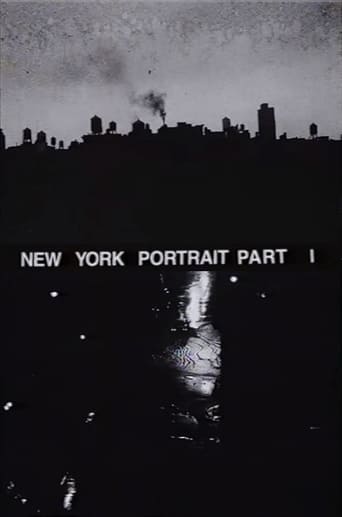
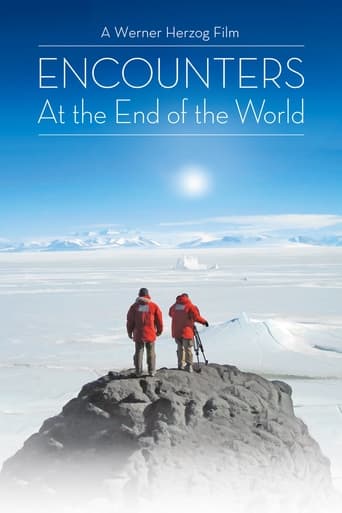
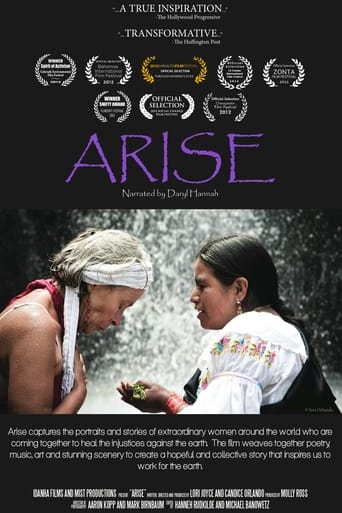
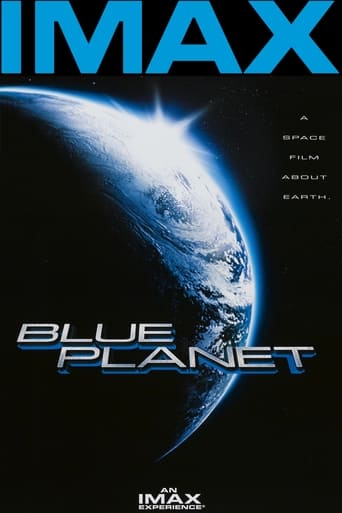
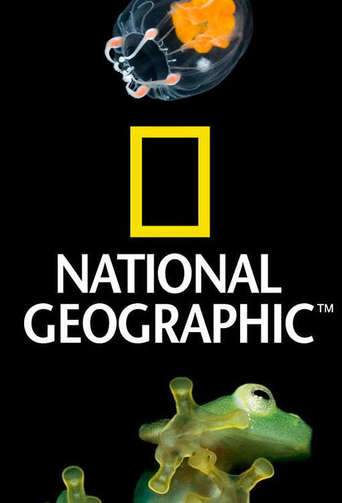
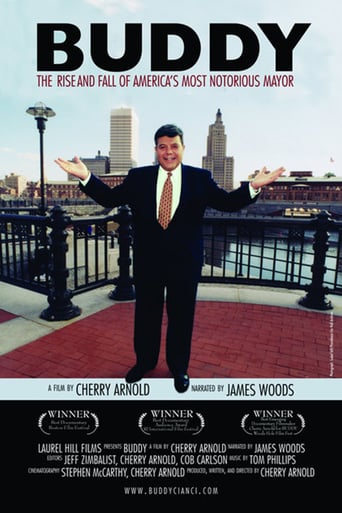

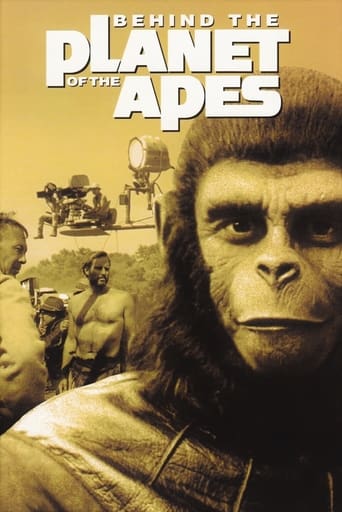
Reviews
This movie is the proof that the world is becoming a sick and dumb place
Please don't spend money on this.
There are women in the film, but none has anything you could call a personality.
It is not deep, but it is fun to watch. It does have a bit more of an edge to it than other similar films.
The film has four parts, one for each pair of antipodal points examined.One: Entre Rios, Argentina and Shanghai, China.Argentina alternated between great beauty and straight out boring; Shanghai was both beautifully shot and repellent.Two: Chilean Patagonia and Lake Baikal in RussiaProsaic lives versus prosaic lives; in both cases, set against majestic landscapes almost devoid of human life. Great camera work.Three: Big Island, Hawaii and Kubu, BotswanaBoth dreadfully ugly.Four: Miraflores, Spain and Castle Point, New ZealandThank God, there is an end to this. The upside down video has my teeth on edge by this point. More of the same, only less interesting. Sawing up the dead whale was not a plus, nor was the footage of digging a hole and pushing the corpse in.-----Scores-------Cinematography: 10/10 Excellent. Watch this in high definition if at all possible.Sound: 8/10 Sparse, but well done.Acting: z/10 Not applicable.Screenplay: 5/10 The transition from one point to its antipodal point given by sky down ground up was amusing the first time, but immediately lost its charm thereafter. Some of the juxtapositions were amusing, others were just boring.
Antipodes: any place on Earth is the point on the Earth's surface which is diametrically opposite to it. Russian documentary filmmaker Victor Kossakovsky has made an interesting film on four sets of antipodes: the rural province of Entre Rios in Argentina and Shanghai in China, the Chilean Patagonia and Lake Baikal in Russia (who both look stunning and surprisingly similar for two places that are literally on the other side of each other on the planet), Hawaii and Botswana, and Spain and New Zealand (a memorable part of the film is the presence of a stranded whale in a beach on that country of the southern hemisphere).Narration free and almost dialogue-free (snippets of talk are heard here and there but they are not subtitled – and even though I'm an Argentine I wasn't even able to pick up most of the chat in Argentina since they spoke fast and in a very regional accent). Surprisingly, and despite the population boom of recent decades, seven of the eight locations chosen for the film seem underpopulated – the exception being the very crowded Shanghai.Gorgeously filmed, full of great camera-work, it has a number of great shots, but my favorite is a transition from slowly moving lava in Hawaii to what turns out to be the wrinkled skin of an elephant in Botswana. I'm not sure this film is particularly about anything but is very pleasing to watch.
Victor Kossakovsky's '¡Vivan las Antipodas!' documents four sets of antipodes – locations diametrically opposite to each other on the surface of Earth – to unveil the contrasts and continuities that exist in the natural world. The film is more attuned to the drama of landscape than to human drama, relegating its human subjects to bit players in lengthy studies of mountains and bodies of water. Though such an approach is not in itself unrewarding, Kossakovsky struggles to transform his footage into something compelling or engaging. The notion of investigating these antipodes is appealing, but ultimately unenlightening. Kossakovsky's idea provides a neat framework that he struggles to work within; the footage he shoots of the antipodes are non-complementary, meaning many of the global connections the director uncovers feel forced and unwieldy. At worst they become trite and superficial – Ooh, look! A rock in Spain looks a bit like a beached whale in New Zealand! – lending the film a gimmicky quality. This is not helped by the numerous occasions when Kossakovsky tilts his camera upside down to show events on the opposite side of the world, a device that adds little to proceedings. Aside from some woolly ecological assertions, the film lacks thematic drive or philosophical content. Compared with a film such as 'Le Quattro Volte', a film superficially similar in its long takes and focus on landscape over human personality, '¡Vivan las Antipodas!' crucially lacks mystery or drama. Many moments of the film steer away from the poetic into the realm of banality; cynical though it may be to view the film in this way, it is apparent that the repeated images of butterflies and rainbows that come towards the end of the film just don't cut it as the "life-affirming" images that they are intended as. Many of the film's money shots come across less as compelling cinematic images than silver screen savers - pretty, but emotionally neutral. In an age when nature documentaries show us jaw-dropping nature footage on a nigh weekly basis, Kossakovsky's film of elephants and condors feels slightly amateurish, not much more than quality holiday footage on the big screen. Additionally, the animal footage is often used either for comic effect or for sentimental impact, lending much of the proceedings a gratingly twee edge. The film's problems are compounded by uninspiring editing, courtesy of director Victor Kossakovsky. His affection for many of the scenarios he has filmed is apparent and it is perhaps an unwillingness to trim back the less successful moments that cripples the film. As a result, it feels both bloated and rushed, both filled to bursting point and strangely hollow. We are bounced around the Earth with such rapidity that we glean no real understanding of any of the places we are shown. Kossakovsky's camera travels so far and so fast that the audience is given no chance to settle into the natural rhythms of these locations, no chance to breathe in the surroundings. Some of the antipodes barely register, (Botswana) whilst even the most prominent (Argentina) is hampered by focusing on two men who spout laboured and unconvincing conversations that broadly lay out the themes of the film.This is not to say that the film is without its pleasures, often from the moments that are less insistent about their capacity to induce amazement. The changing light of an African sunset, the otherworldly shots of Shanghai, a shimmering mountain seemingly finding a solid body in its reflection – moments such as these prevent the film from becoming entirely unrewarding. Yet even these moments are often lamentably hindered by the film's bombastic and decidedly bizarre score. Perhaps with a surer hand at the editing desk the film could have been shaped into something more than the mêlée of raw footage it currently stands as, though it is not improbable that the contrived nature of its central conceit would hobble it at every step.
This film is a geographer's dream, featuring eight places in the world (4 pairs of antipodes). Seven out of the eight sites have very few or no people, which makes it a special joy as our planet's population hits 7 billion! There is little drama, just simple stories of the lives of people interacting with nature, or patient documentation of natural processes, such as lava flowing (Hawaii). In contrast, we see head on, as hundreds of Chinese on bicycles drive onto a ferry in the fog (the only place of the eight where there is a huge population).The film maker plays with our perceptions of up and down, horizontal and vertical, image and reflection, which requires a good deal of concentration and rotating the head to understand what we are seeing. But eventually its better to just surrender to the abstract beauty of the images that appear on the screen and go with the flow of the film.In one scene from Patagonia, the camera follows the gliding flight of a condor as it circles down a canyon. We learn afterwards during the Q&A session, that this kind of footage is normally achieved by placing an animal carcass in the bird's habitat to get its attention. The film maker felt that he could not kill an animal for the sake of his film, so he made his son lie at the bottom of the canyon for two hours as he filmed. This is funny, but it also shows a regard for life that is evident all through the film.To create a film of this high standard requires time, effort and sacrifice (obvious) and also a single-minded vision without compromise. Thank you.
Top Streaming Movies












